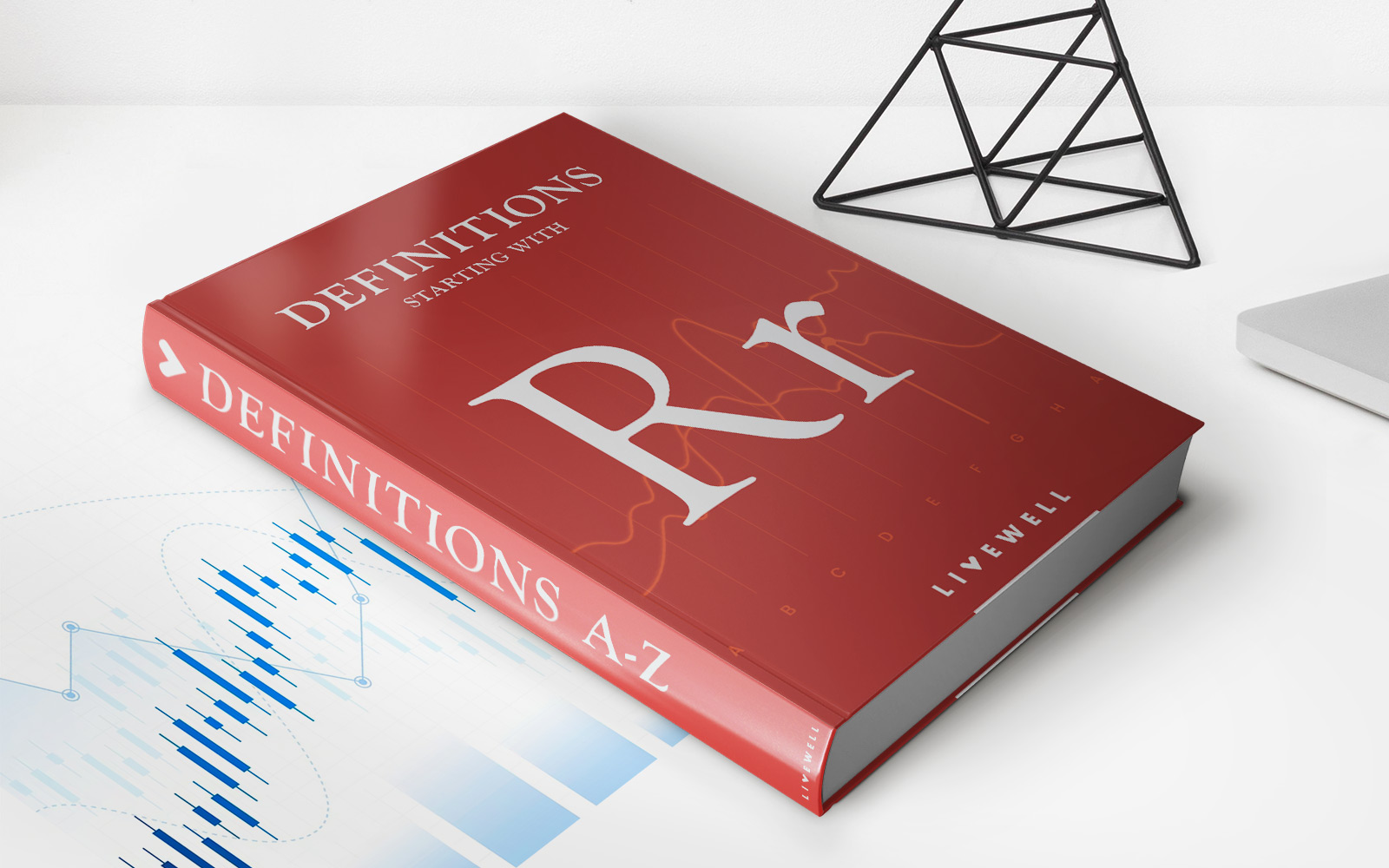Home>Finance>Return On Gross Invested Capital (ROGIC) Definition


Finance
Return On Gross Invested Capital (ROGIC) Definition
Published: January 20, 2024
Learn the definition of Return on Gross Invested Capital (ROGIC) in finance. Discover how it can help you measure profitability and make informed investment decisions.
(Many of the links in this article redirect to a specific reviewed product. Your purchase of these products through affiliate links helps to generate commission for LiveWell, at no extra cost. Learn more)
Understanding Return on Gross Invested Capital (ROGIC) Definition
Welcome to our Finance category! In this blog post, we will unearth the concept of Return on Gross Invested Capital (ROGIC) and its significance in the world of finance. If you’ve ever wondered how companies assess their investments or you’re curious about improving your financial decision-making skills, you’ve come to the right place!
Key Takeaways:
- ROGIC is a financial metric used to evaluate the return generated by a company’s investments.
- It helps investors gauge how efficiently a company allocates capital and generates profits.
Now, let’s delve into the details to understand the essence of ROGIC.
Return on Gross Invested Capital (ROGIC) is a performance metric that measures the efficiency of a company’s investments. It provides insights into how effectively capital is being utilized to generate profits, making it a crucial indicator for investors and financial analysts alike.
ROGIC is calculated by dividing the company’s operating income by its gross invested capital. Operating income is the profit generated from the company’s core operations, while gross invested capital represents the total amount of capital invested in the company, including both debt and equity.
This metric provides a clear perspective on a company’s ability to generate profits relative to the resources it employs. By analyzing ROGIC, investors can assess whether a company is utilizing its capital efficiently and generating substantial returns.
Here are two key takeaways about ROGIC:
- Efficiency of Capital Allocation: ROGIC helps investors determine how well a company allocates its capital to generate profits. A higher ROGIC indicates efficient allocation, emphasizing a company’s ability to generate returns from its investments.
- Comparison and Benchmarking: ROGIC provides a standardized metric for comparing companies within the same industry or sector. By benchmarking a company’s ROGIC against its peers, investors can identify industry leaders and make more informed investment decisions.
Using ROGIC as part of your financial analysis toolkit can help you make better-informed investment decisions. By dissecting a company’s ability to generate returns from its investments, you gain insights into its overall financial health and growth potential.
As you explore the world of finance, remember to navigate through various financial metrics like ROGIC with curiosity and an eagerness to understand their implications. Armed with this knowledge, you’re well on your way to becoming a savvy investor and a master of financial decision-making.














